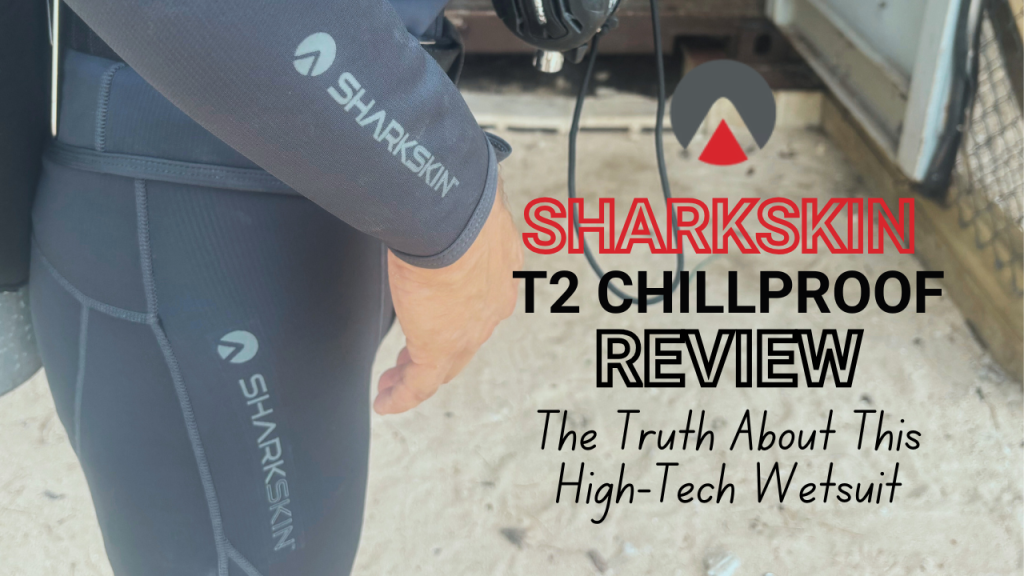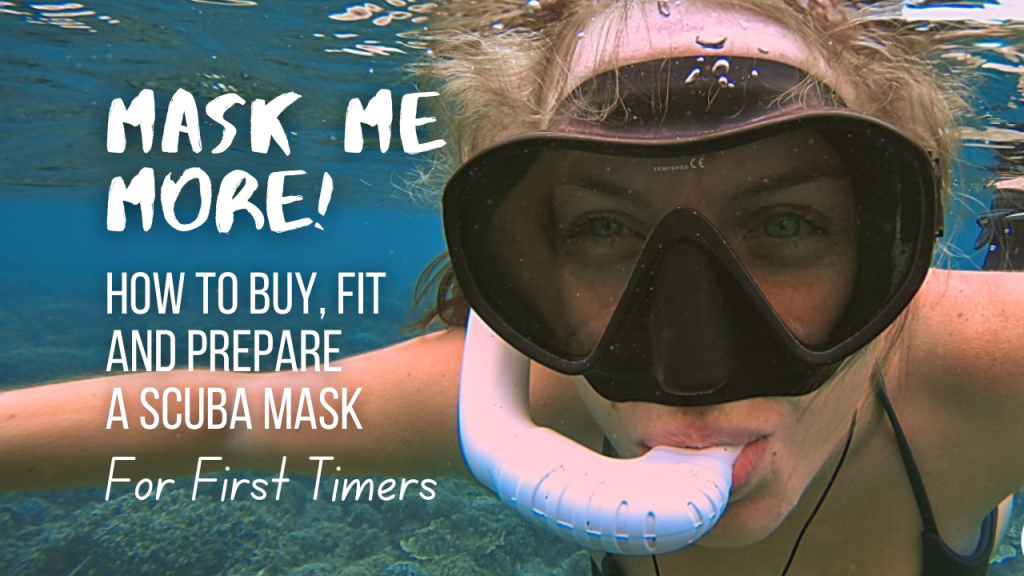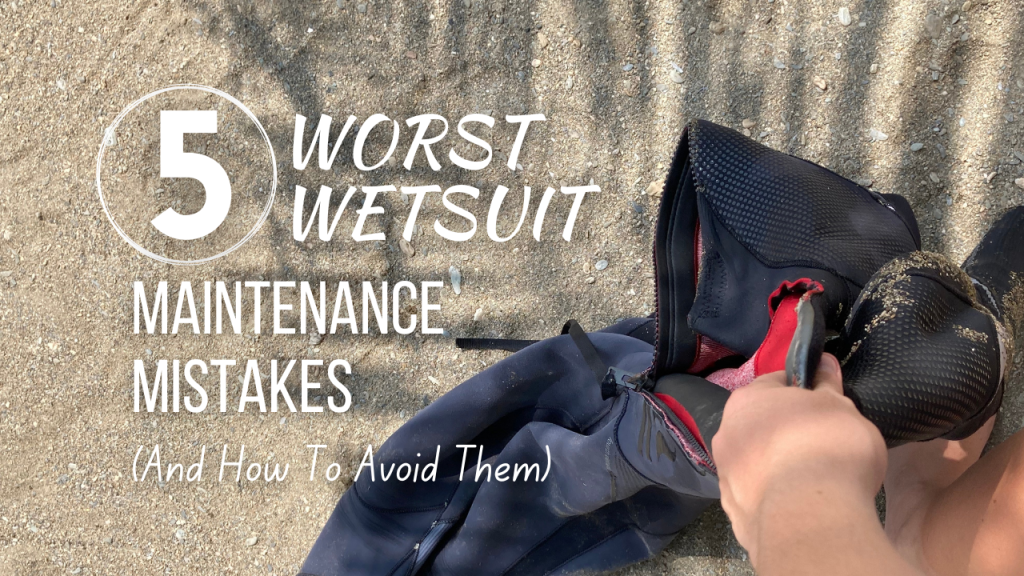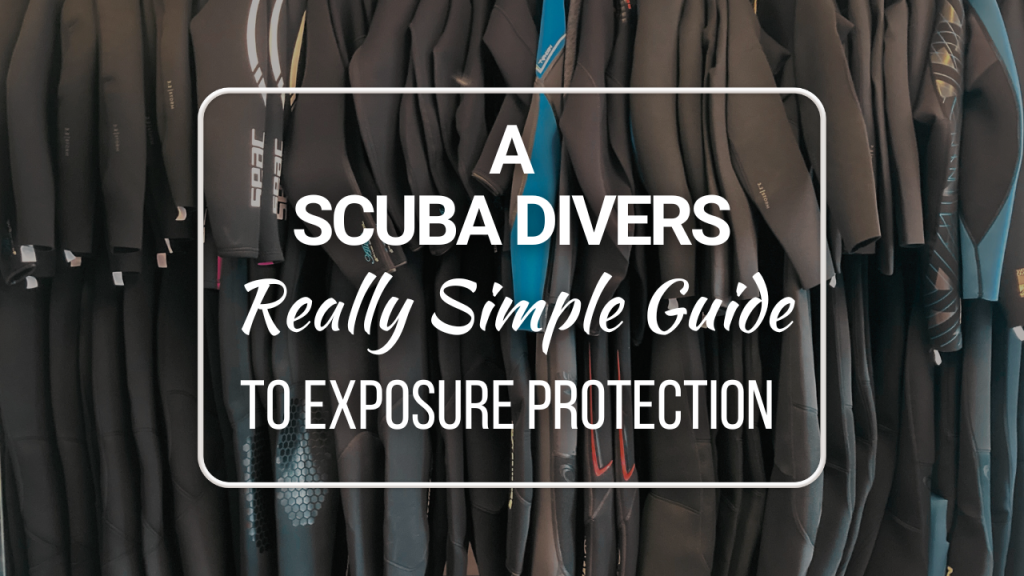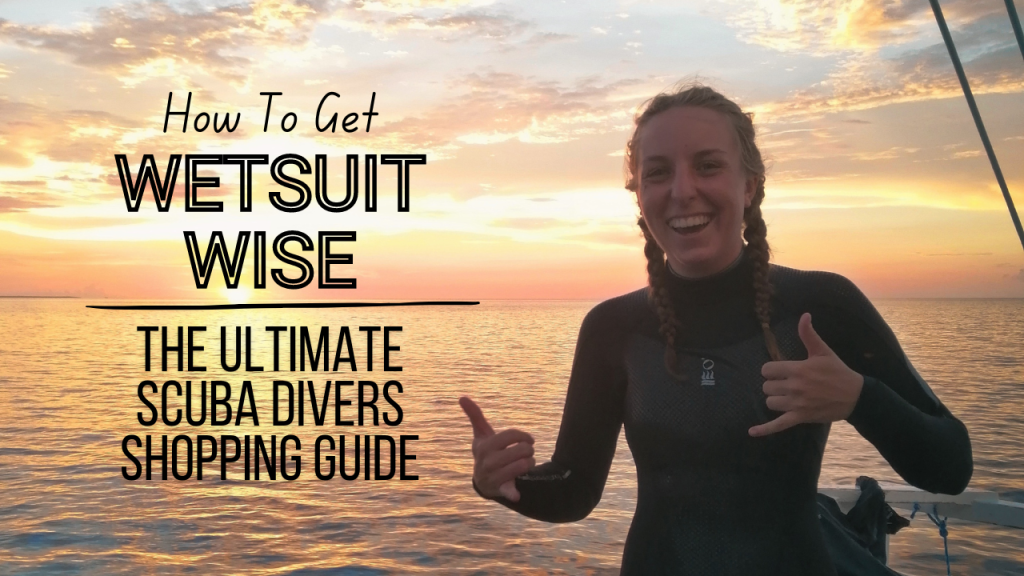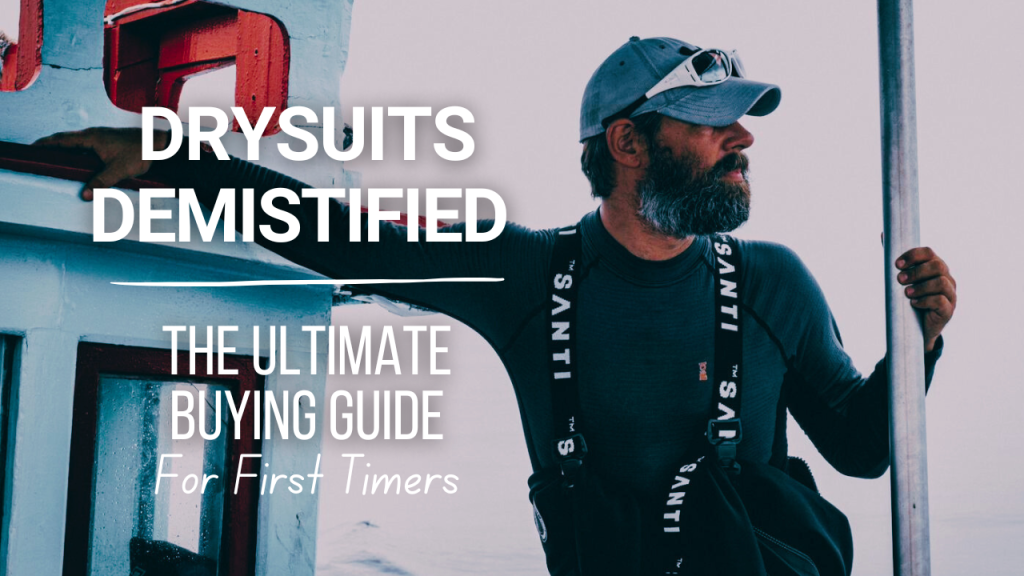So you’re interested In sustainable swimwear? Well good for you! And good for our planet!
Divers are often serious advocates for the zero-waste, plastic-free lifestyle due to the fact we see pollution first hand and want to do our part to prevent it. This mindset filters into many purchasing decisions, from cosmetics to food and even clothing.
Currently there is estimated to be enough clothing on the planet to dress the next 6 generations. Which is to say, too much. Sadly a lot of this is created to satisfy ‘fast fashion’ trends and do not incorporate sustainable materials that are made to last or be recycled. Especially in swimwear. In fact many bikinis, bodysuits and costumes are made from plastic like nylon and polyester. These inevitably fall apart after a few uses and end up in landfill or worse our oceans.
Thankfully we are starting to see the error of our ways and sustainable swimwear is featuring more in the fashion world. So to make a splash this season here is what you should look for.

Sustainable Swimwear Fabrics
Plastic has been a popular material in swimwear for a reason. It’s strength, stretch and quick-drying nature are extremely difficult to replace or replicate and truth be told we haven’t found many great alternatives yet.
However in focusing on a fabrics lifespan, production emissions and recyclability we can still strive for sustainable swimwear.
Natural Fibres
There is no doubt that the best fabric for our planet is the natural kind. What mother nature made, she can just as easily recycle.
But no doubt the first images that probably popped into your mind when you heard ‘natural fibres’ is a super scratchy hemp bikini modelled by a bush-whacked cast-away or a soggy cotton swimsuit that just never seems to dry and ends up looking like your wearing a carrier bag. Fear not!
Some manufacturers are actually working to reinvent hemp and cotton to make them more flexible and suitable for swimwear. Granted we are not all the way there yet and often making the fabric more flexible requires combining elastane (plastic). So we are still trying to find the delicate balance between sustainability and suitability.
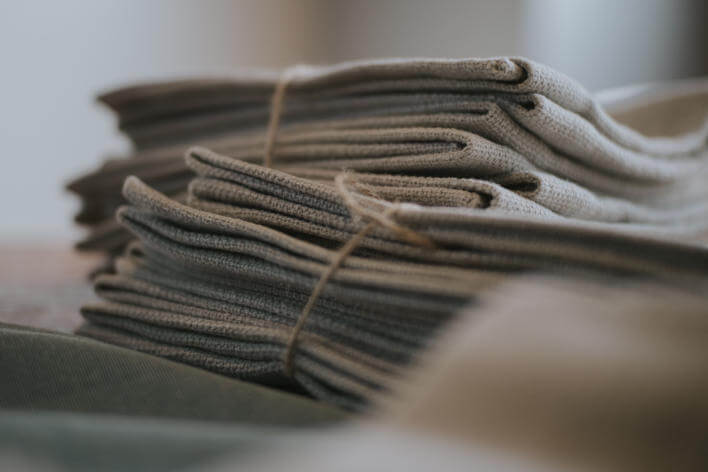
ECONYL
Although chemically identical to virgin nylon, ECONYL is actually a recycled material sourced mainly from fishing line, carpets and industrial waste. Whilst it is still a plastic the fabric is endlessly recyclable back into ECONYL. Therefore offering potential for closed-loop production systems and very little waste. Carvico Vita is also produced from ECONYL yarn.
On top of that the company who create it boast that the manufacturing emissions are 90% lower than those of producing virgin Nylon. According to them “for every 10000 tones of ECONYL raw material, 70,000 barrels of crude oil are saved, and 65100 tones of CO2 eq. emissions avoided.”
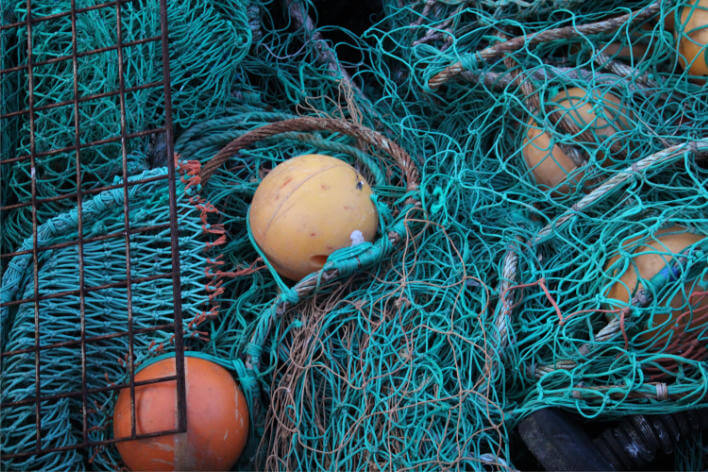
rPET
Ever noticed that a lot of our clothing these days is made from plastic bottles? Well when waste polyester is collected, cleaned, broken down, melted into pellets then formed into yarn we can create a recycled polyester fabric. More commonly known as rPET.
This is a great way to stop plastic entering our oceans. Plus production requires 59% less energy than creating virgin polyester so generates fewer emissions. However this does have its limitations as some plastics are made from a blend of materials which makes it more difficult, if not impossible, to recycle them. Difficulty colour matching also causes some manufacturers to use lots of chemicals, water and energy to achieve their desired result.
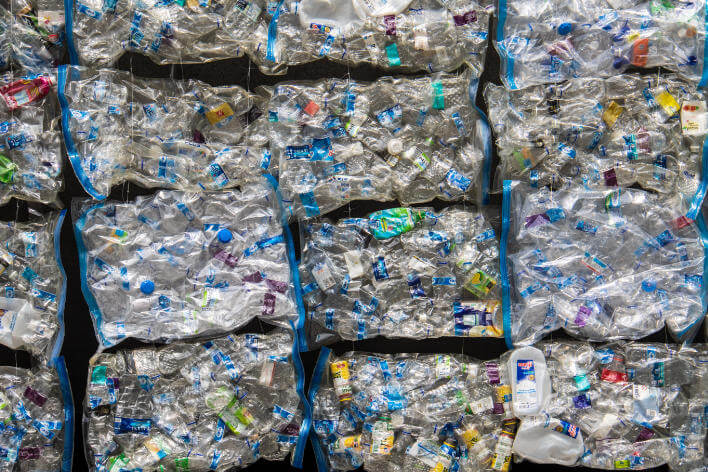
Yulex
A fairly new fabric on the wetsuit market is something called Yulex. Made from natural rubber means it’s biodegradable and a great alternative to the usual petroleum based neoprene. Unfortunately it is not widely used at the moment but may be in the future as we look towards more sustainable swimwear.
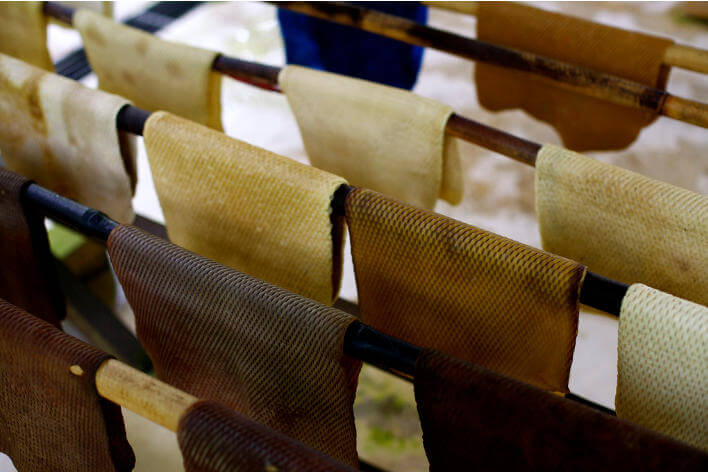
Sustainable Swimwear Brands
When buying anything that is sustainable the other huge thing to consider is the company or brand itself. How they source materials, ship products and support good causes. All of which contribute to not just the swimwear in your shopping basket but the people you are promoting and the wider impact of your purchase on the environment.
Greenwashing …
It’s no secret that going green is in trend right now. Which means if your company or brand can boast it’s products are sustainable, people are going to be more likely to buy from you over their competitors and probably be more willing to spend a little extra for those brownie points.
But unfortunately many companies/brands have jumped on the band waggon use the word ‘sustainable’ as a marketing technique rather than an actual commitment. Making these unsubstantiated claims to trick customers and drive sales is what is referred to as ‘greenwashing’.
Greenwashing can often be tricky thing to uncover but here are some indicators to watch out for …
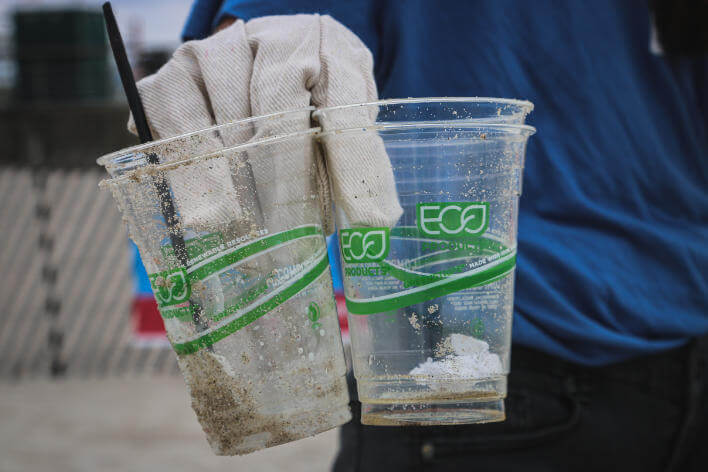
Transparency
Transparency on things like the supply chain, manufacturing and materials is a good way to tell if a company is serious. If they can’t be open and honest about their products then it’s likely there is something to hide.
Collaborations & Donations
Collaborations and donations to charities are a good way to tell a company Is serious about their efforts. Charities are also not as likely to partner with people who are damaging to the causes they are trying to protect.
Fast Fashion Selling Sustainable Swimwear
Avoid fast fashion retailers who also sell ‘sustainable swimwear’. Companies who produce low quality products in bulk and ship them halfway across the world due to cheap labour etc create a huge amount of pollution. So just because one bikini has a small carbon footprint or is made from eco-friendly fabric doesn’t mean you are actually supporting sustainability.
Buzzwords
Look past the buzzwords. Often all it takes is some fancy line about specialised packaging or material to make you think that something is ‘green’. But look past the buzzwords and you may just find that what you are buying is more damaging than marketers would like you to think.
Read The Labels
If a product claims to be made from sustainable materials check the percentages. Just because something may contain a sustainable material it doesn’t mean they may not also be using virgin plastics as well.
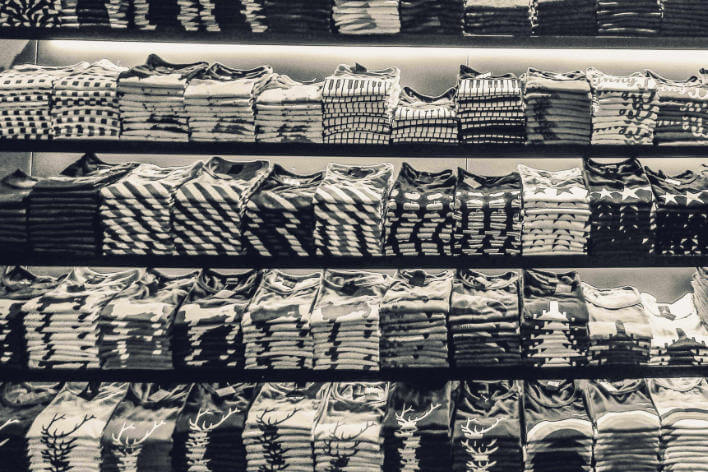
Packaging
It’s all well and good if a product is incredibly green but doesn’t mean so much if it arrives swaddled in plastic bags and bubble wrap. Compostable/recyclable packaging with minimal tags is ideal.
Shipping
You may have good intentions buying from sustainable brands but if it is being shipped halfway across the world it’s not nearly as eco-friendly as it could be. If possible, prioritise sustainable brands closer to home.

Sustainable Swimwear Recommendations …
At the end of the day the most sustainable swimwear is the one you already own. But if you do find yourself in need of a new suit then here are our best recommendations…
- Fourth Element’s Ocean Positive range of sustainable swimmer is made of ECONYL and designed with scuba divers in mind.
- Waterlust are a US based sustainable swimwear brand with realistic marine prints that support the creatures they represent.
- Blu Wild are another inclusive brand who specialise in ethical and sustainable marine prints.
- Spacefish Army produce bright and bold sustainable swimwear from recycled materials. Use code SCUBASPECIES for an extra 10% off!
- Sea Morgens is a sustainable swimwear based brand from the UK (made in Indonesia). With fun, reversible prints and fabric scraps up-cycled into scrunchies, masks and bralettes.
- Stay Wild Swim are a UK based company with stylish and sleek sustainable swimwear
- Euphoric Threads is another UK based company whose bright, bold patterns are great for the planet and getting noticed.
- Deakin & Blue, again UK based and love to promote sustainability as well as body positivity.
Before You Go …
Sustainability is all about striking a balance. With sustainable swimwear that balance is between the impact we are having on the environment, whilst still having something with practical function in the water.
Because of this we are still heavily reliant on plastic, even in sustainable swimwear. The trick is supporting the brands and companies who are doing their best to try and reduce their impact.
Sustainable Swimwear Aftercare
As plastic fabrics are also known to shed micro plastics, aftercare also plays a very important role in sustainability. This is down to you as the consumer…
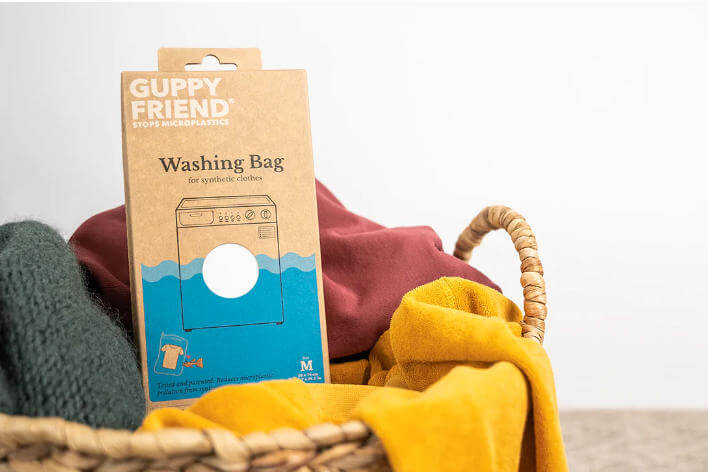
Use A Laundry Bag
Products like guppy bag are great. They can be used to wash your clothes and reduce fibre shedding from 79-86%, preventing any micro plastics that come off in the wash from entering the water system.
Don’t Over Wash
Don’t over wash. Swimwear especially shouldn’t be washed regularly unless heavily soiled. Use minimal detergent and hand-wash if possible. This also increases its lifespan.
Store Out Of Sunlight
Sunlight can damage ad breakdown the fabric causing it to degrade and reduces its lifespan.
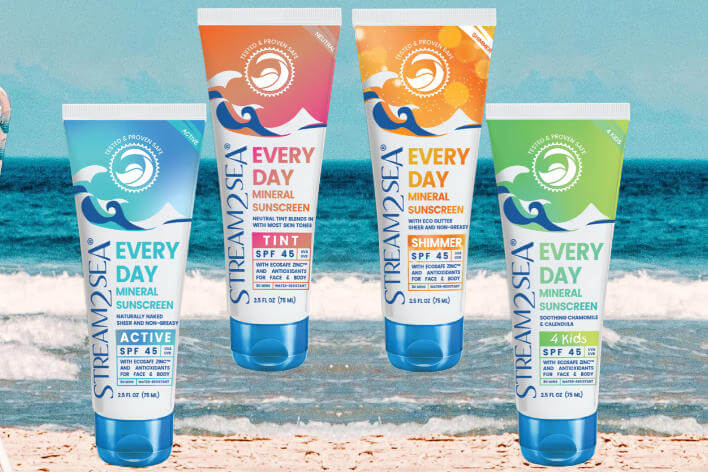
Avoid Chemical Sunscreens
Stream2Sea are our go to mineral based sunscreens for swimming and scuba diving. Not only are they better for the reef but are also less damaging to our swimwear. Read more about mineral sunscreens and why you should be using them here.
Recycle, Repair or Repurpose
As of right now there are still very few, if any, places to recycle old swimwear. However as companies strive to be greener we can only hope that this will only get better. This is where buying from sustainable swimwear brands could make a huge difference as they know what materials go into their products and what they need to do to recycle it. The other thing you could do is think about repairing or repurposing old items into headbands, scrunchies, buffs etc and keeping the fabric going for as long as possible.
My auntie always used to say ‘done is better than perfect’ and this is so important when it comes to striving for a sustainable or greener lifestyle. So many think that because they can’t do everything then it’s pointless doing anything but that’s not the case. So keep this article in mind the next time you’re shopping for sustainable swimwear and don’t forget to leave your favourite sustainable swimwear brands below!

